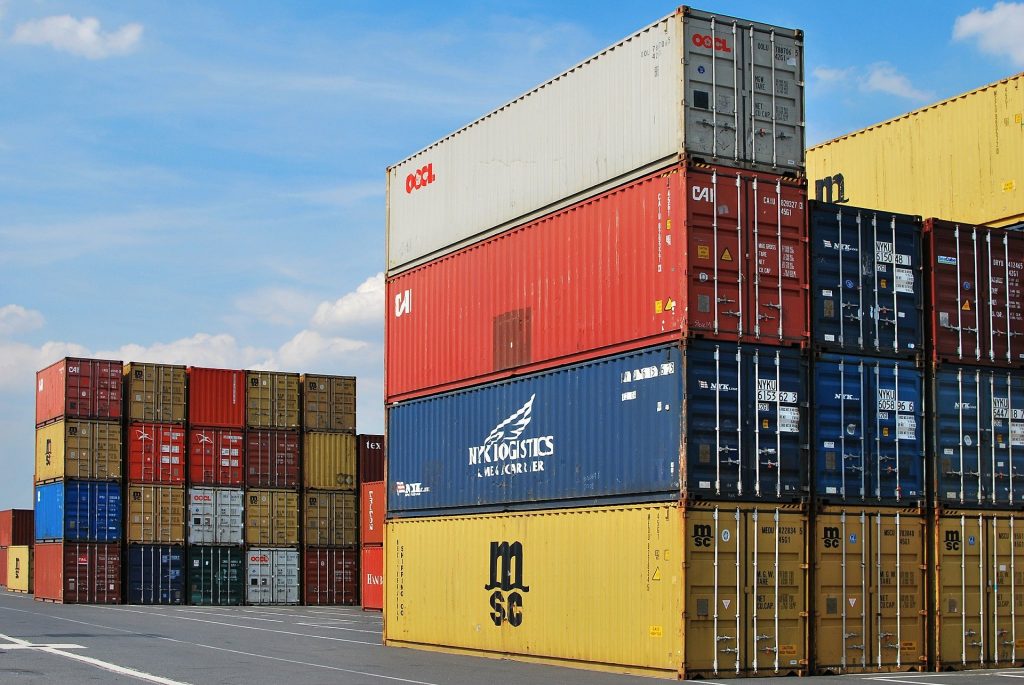Christmas In Danger, Toys May Not Make It To Shelves For The Holidays
Christmas toys could be having problems this year and here's why.
This article is more than 2 years old

As the holiday season nears, toy manufacturers are offering a sober dose of reality. Their products just may not make it to shelves in time for the Christmas toys season.
At the moment, shelves across the nation look pretty well stocked with Christmas toys, but vice president of The Toy Association, Ed Desmond fears the rising port congestion is going to have a major effect come shopping season.
“If people go out to those major retailers, they will see the toy shelves are pretty well-stocked. We don’t know how long that will last,” Desmond said via a virtual press conference. “One issue we do fear is that you may not see the same breadth of selection heading into the fall shopping season.”
During this press conference with Port of Los Angeles Executive Director Gene Seroka, the two discussed the negative impact surrounding all ports of entry across the United States and how they not only affect today’s environment but the upcoming holiday season as well. That includes Christmas toys.
“Get out and buy toys now,” forewarned Desmond via toyassociation.org. “Right now, toy manufacturers are doing everything in their power to ensure a good supply in stores for the holidays, but we just don’t know what’s going to happen down the road as we get closer to Christmas.”
Of course, what he is talking about is the massive backup seen at the ports of entry. The cause of this mess originates with the COVID pandemic, whose trickle-down effect has been seen throughout all aspects of the industry from manufacturing the material to shipping it to the United States to off-loading and ultimately to delivering the product to stores. Like everything else, this is also affecting Christmas toys that are expected to be big sellers for the season.
“We continue to seek solutions because it’s not one single issue and it’s a global issue,” Desmond said via supplychaindive.com.
In attempts to get more Christmas toys products to the stores, retailers are doubling their orders. Right now, the cargo volume at the Port of Los Angeles alone is up 30% this year compared to the same time last year, according to the port’s container statistics. Add that to the amount of time a product takes to get from China to the U.S. (on average of 73 days, an 83% increase) and you have the perfect recipe for disaster.

Not only are retailers having trouble getting their Christmas toys orders filled, but manufacturers are also having trouble getting source materials to build their toys. Over 60% of the manufacturers have reported resin shortages.
“A particular member of ours contacted me recently. They make a number of plastic toys and products for kids — they can’t get resin anywhere. And that’s just one example of an American manufacturer,” said Desmond.
A number of Christmas toy manufacturers are having to rely on different tactics than what they’ve used in the past in order to try to get their products to consumers. As an example, Mattel simplified its operations. They ended up closing four of their manufacturing plants, thereby reducing the number of items they made. These items were ones that weren’t selling well, so it was a smart move on Mattel’s part.
Hasbro took to sourcing their products earlier out of multiple countries. They also increased the number of ocean carriers they work with and have expanded the number of ports of entry they use to help with delivery. Unfortunately, this may also be a partial cause of the extreme backup at the various ports across the country.
In order to help ease the congestion, the ports in Long Beach and Los Angeles recently announced they were extending their hours for trucks to pick up products and return containers.
While all this is commendable on the part of the manufacturers and the ports, the issue at hand is still one they haven’t solved yet – worker shortage.
Until the workforce finds a way to bring in more bodies, getting the product off ships (first), then getting enough drivers to deliver the product (second) will remain.
This conundrum doesn’t look to have an easy answer or at least an answer that would save the Christmas toys holiday season. Let’s hope a solution happens fast.






